Kosloff Architecture saves energy with radical re-skinning of 1960s block
Kosloff Architecture breathes new life into a modernist block with its redesign of a 1960s part of Monash University in Melbourne, Australia
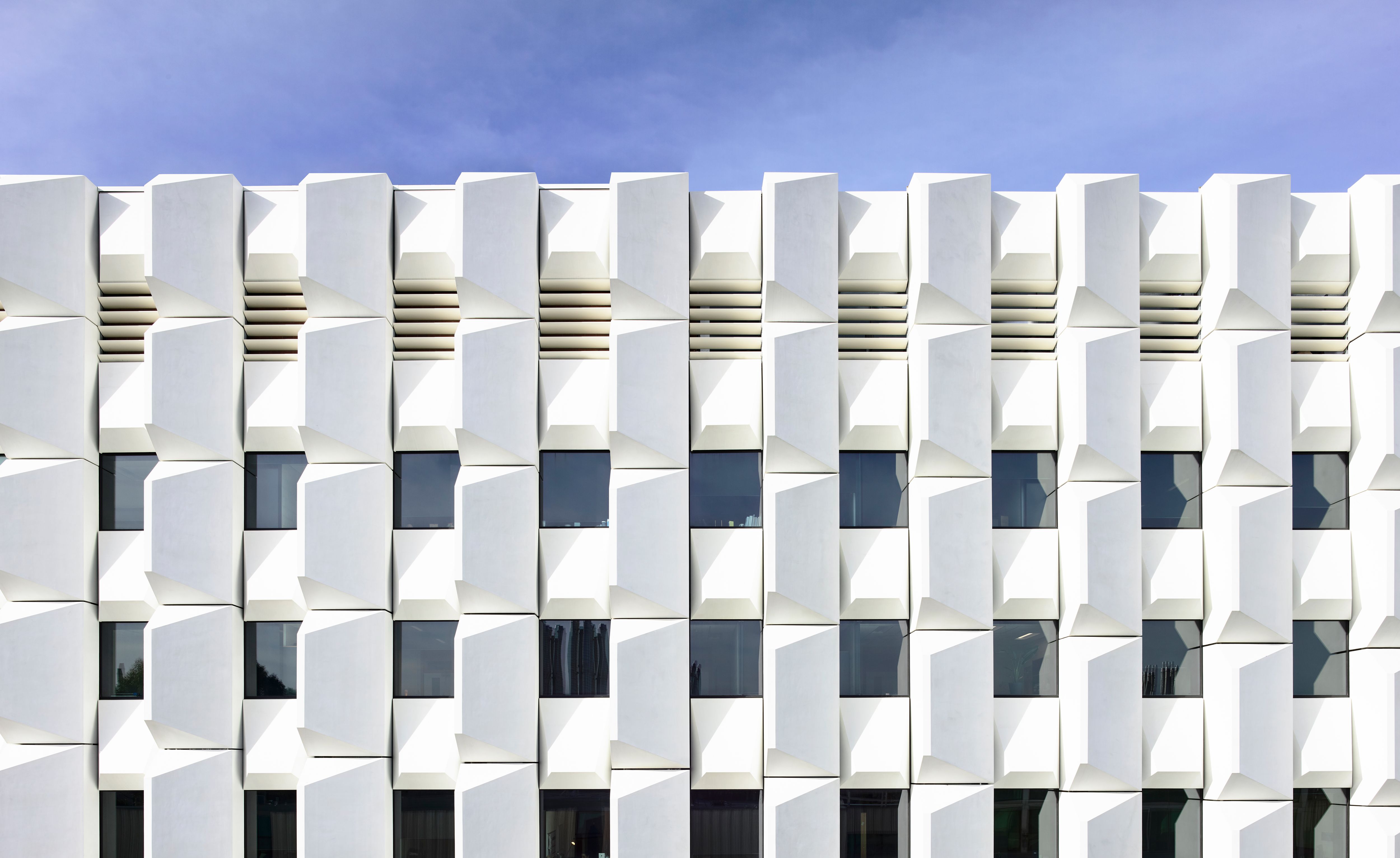
Derek Swalwell - Photography
Monash University is located in the Melbourne suburb of Clayton. Founded in the late 1950s, the campus has a strong architectural presence, with structures such as John Wardle’s new Learning and Teaching Building, Lyons architects’ Green Chemical Futures building, and the Biomedical building by Denton Corker Marshall. The university’s School of Biological Sciences building dated back to the first tranche of modernist structures in Australian architecture put up in the 1960s. Kosloff Architecture presented a bold refurbishment plan, which was picked instead of outright replacement.
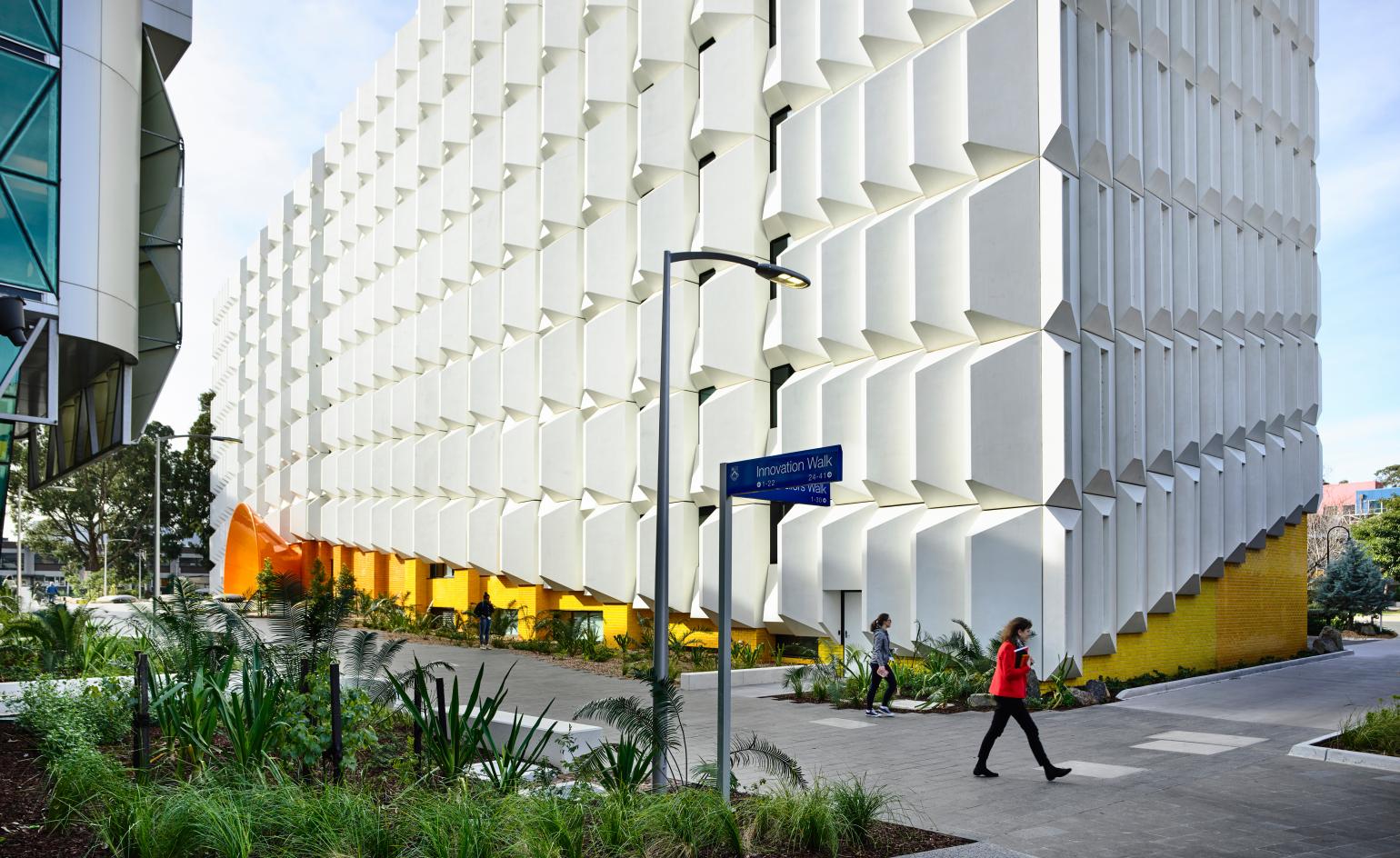
The new façade steps down to ground level
Re-use and reconfiguration are becoming an increasingly essential part of the architectural discourse. The 2021 Pritzker Prize winners, Anne Lacaton and Jean-Philippe Vassal, made their name through creative re-use, and more and more architects are calling for building stock to be retained and retrofitted to cut down on the vast carbon costs of demolition and rebuilding.

The entrance portal, designed in collaboration with Callum Morton
Working alongside the artist Callum Morton, Monash Art Projects (MAP), Norman Disney & Young (NDY), Wood and Grieve Engineers, and Arup, the architects steered a project that blends an aesthetic overhaul with a complete upgrade for the building’s services and environmental performance. The new façade is composed of angular blocks, creating a dynamic form in the heart of the campus.
This façade was installed over the existing structure, which was then demolished from inside, an approach that saved time, money, and significant disruption. The new ‘curtain’ of faceted blocks hangs down to just above ground level, where it is ‘lifted’ to reveal a layer of custom glazed bricks, stepping up behind the bold trumpet-like entrance.
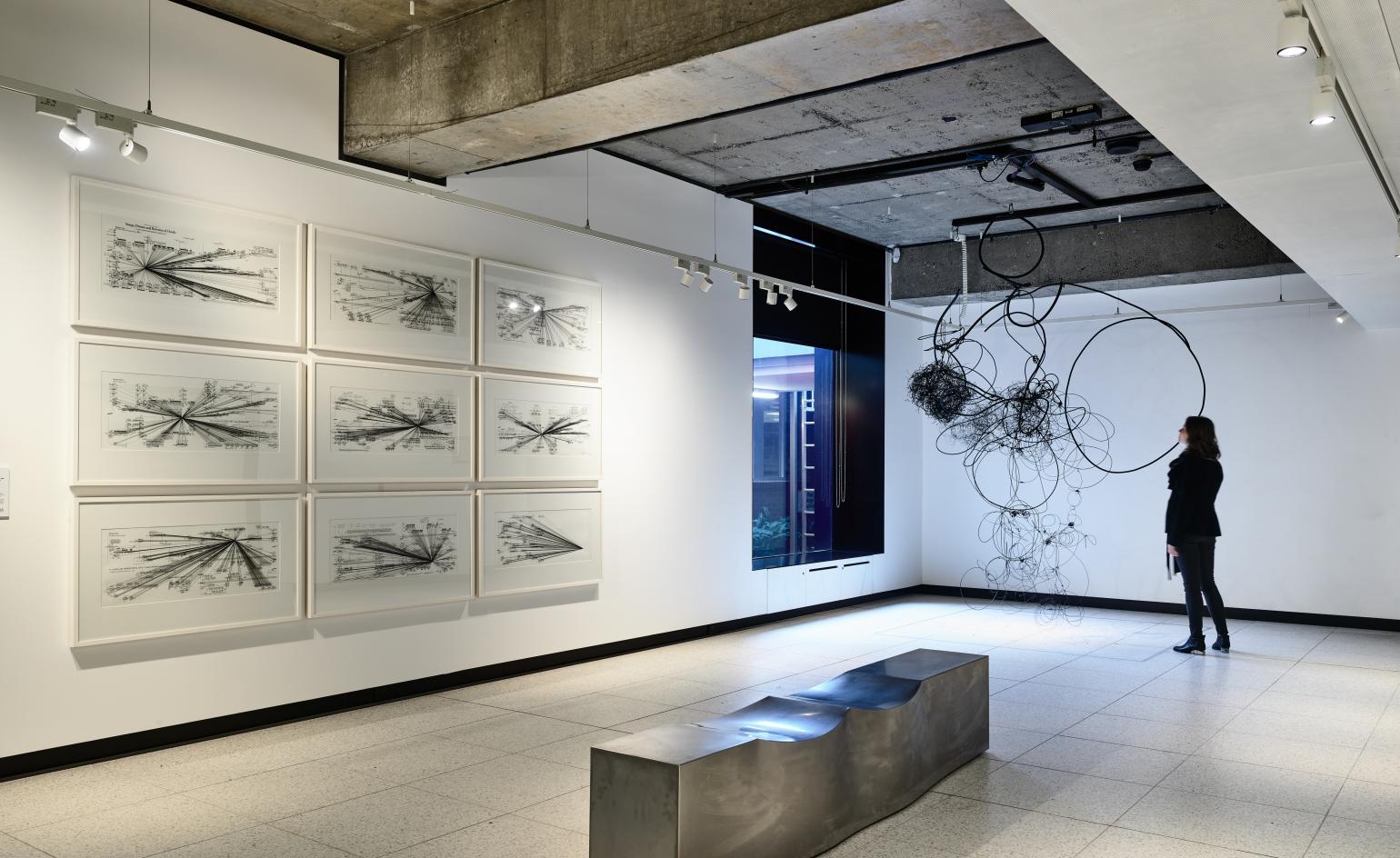
A new gallery showcases the university’s art collection
This striking orange portal was created in collaboration with Callum Morton, and leads to a new gallery of Monash University’s art collection, as well as providing student access to biology and psychology labs, classrooms, lecture halls, and offices. Inside, exposed concrete frames are paired with splashes of bold colour.
The new façade has significantly improved the building’s insulation and running costs. Julian Kosloff and his team believe this strategic approach to refurbishment is best suited for busy sites like universities, where ageing infrastructure, limited funds, and the need to avoid disruption make a solid case for this kind of energy-saving intervention.

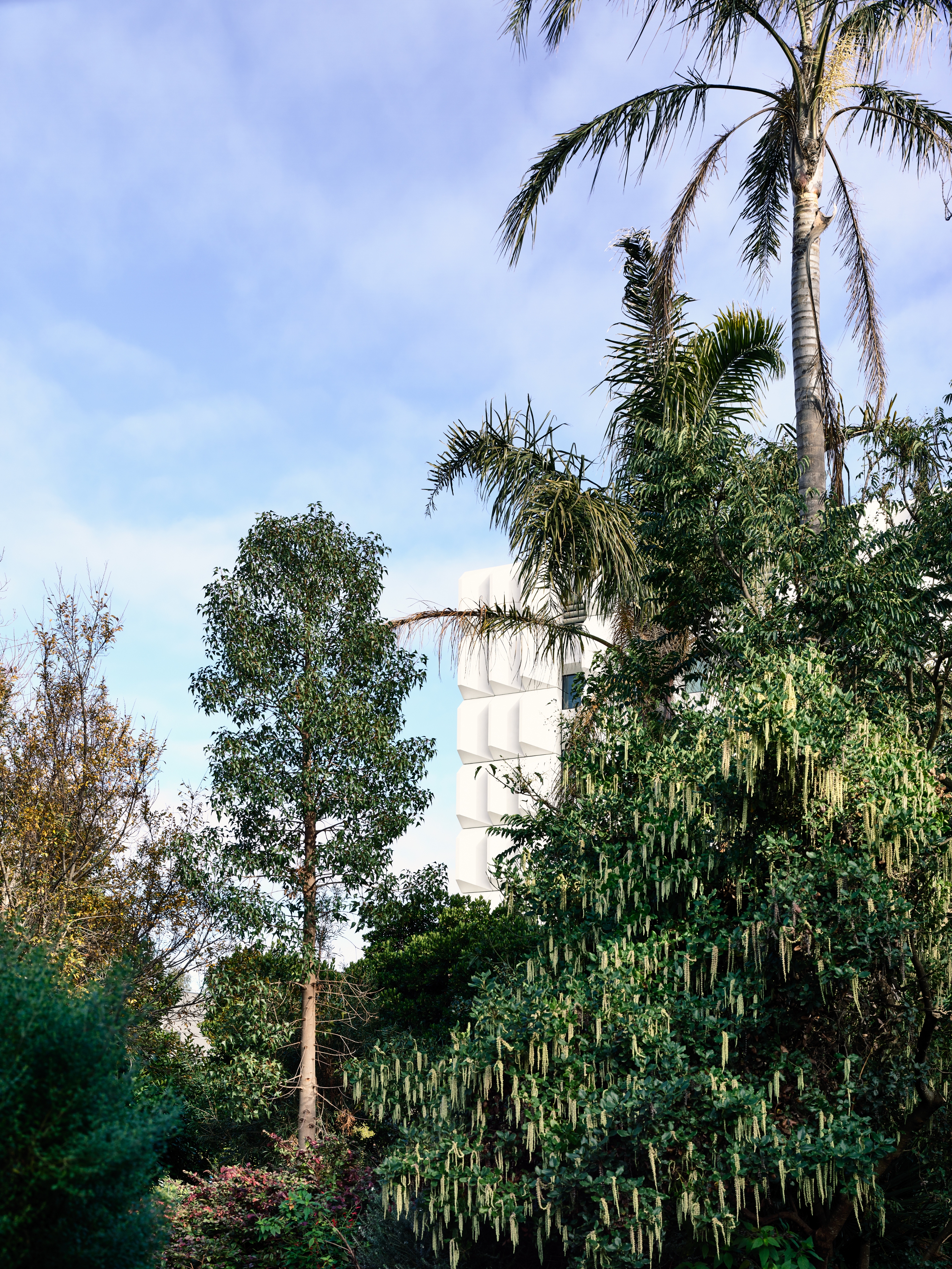
INFORMATION
Receive our daily digest of inspiration, escapism and design stories from around the world direct to your inbox.
Jonathan Bell has written for Wallpaper* magazine since 1999, covering everything from architecture and transport design to books, tech and graphic design. He is now the magazine’s Transport and Technology Editor. Jonathan has written and edited 15 books, including Concept Car Design, 21st Century House, and The New Modern House. He is also the host of Wallpaper’s first podcast.
-
 25 of the best beauty launches of 2025, from transformative skincare to offbeat scents
25 of the best beauty launches of 2025, from transformative skincare to offbeat scentsWallpaper* beauty editor Mary Cleary selects her beauty highlights of the year, spanning skincare, fragrance, hair and body care, make-up and wellness
-
 This cult Los Angeles pop-up restaurant now has a permanent address
This cult Los Angeles pop-up restaurant now has a permanent addressChef Brian Baik’s Corridor 109 makes its permanent debut in Melrose Hill. No surprise, it's now one of the hardest tables in town to book
-
 French bistro restaurant Maset channels the ease of the Mediterranean in London
French bistro restaurant Maset channels the ease of the Mediterranean in LondonThis Marylebone restaurant is shaped by the coastal flavours, materials and rhythms of southern France
-
 The Architecture Edit: Wallpaper’s houses of the month
The Architecture Edit: Wallpaper’s houses of the monthFrom wineries-turned-music studios to fire-resistant holiday homes, these are the properties that have most impressed the Wallpaper* editors this month
-
 An Australian holiday home is designed as a bushfire-proof sanctuary
An Australian holiday home is designed as a bushfire-proof sanctuary‘Amongst the Eucalypts’ by Jason Gibney Design Workshop (JGDW) rethinks life – and architecture – in fire-prone landscapes, creating a minimalist holiday home that’s meant to last
-
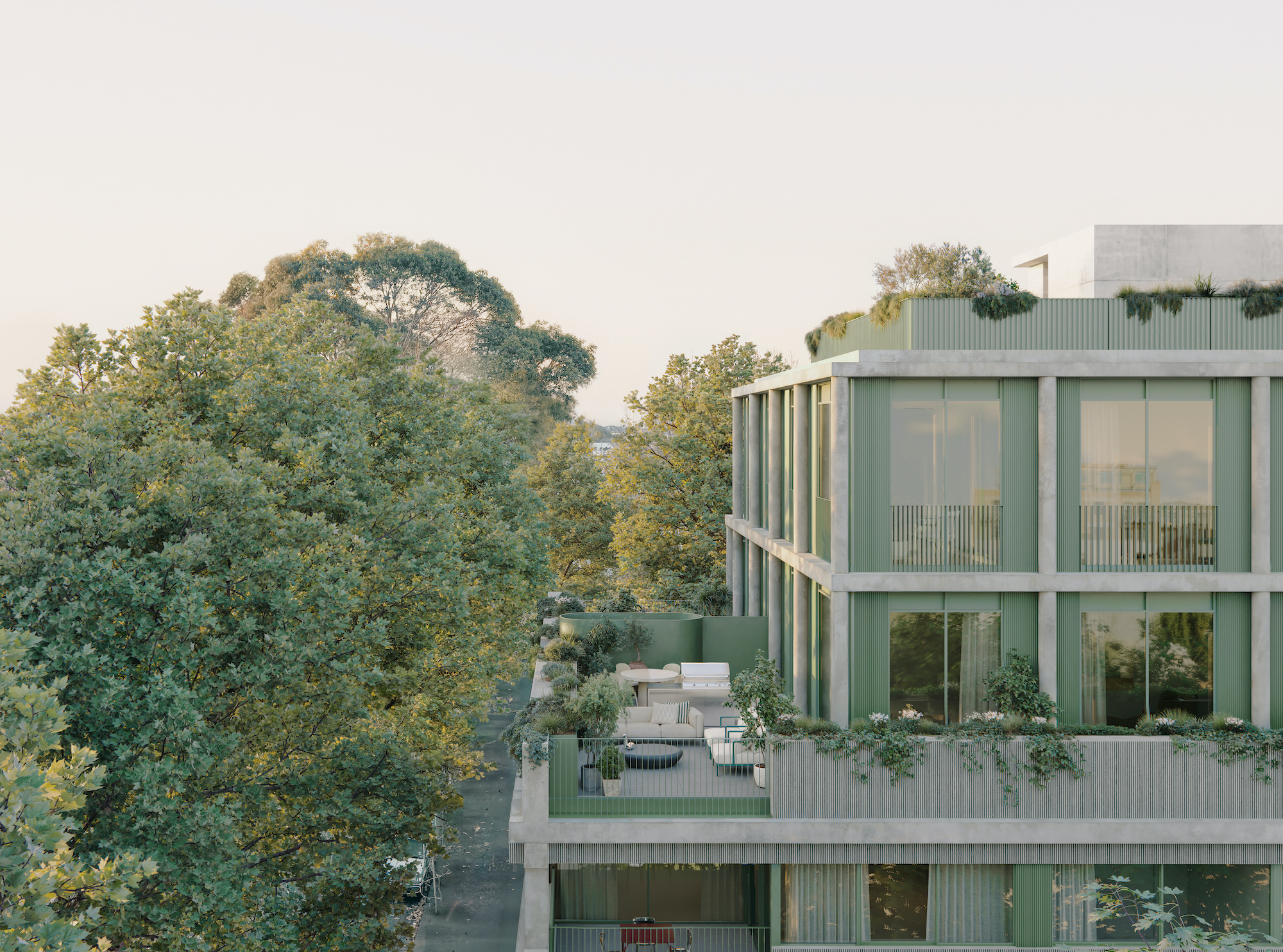 Neometro is the Australian developer creating homes its founders ‘would be happy living in’
Neometro is the Australian developer creating homes its founders ‘would be happy living in’The company has spent 40 years challenging industry norms, building design-focused apartment buildings and townhouses; a new book shares its stories and lessons learned
-
 The Melbourne studio rewilding cities through digital-driven landscape design
The Melbourne studio rewilding cities through digital-driven landscape design‘There's a lack of control that we welcome as designers,’ say Melbourne-based landscape architects Emergent Studios
-
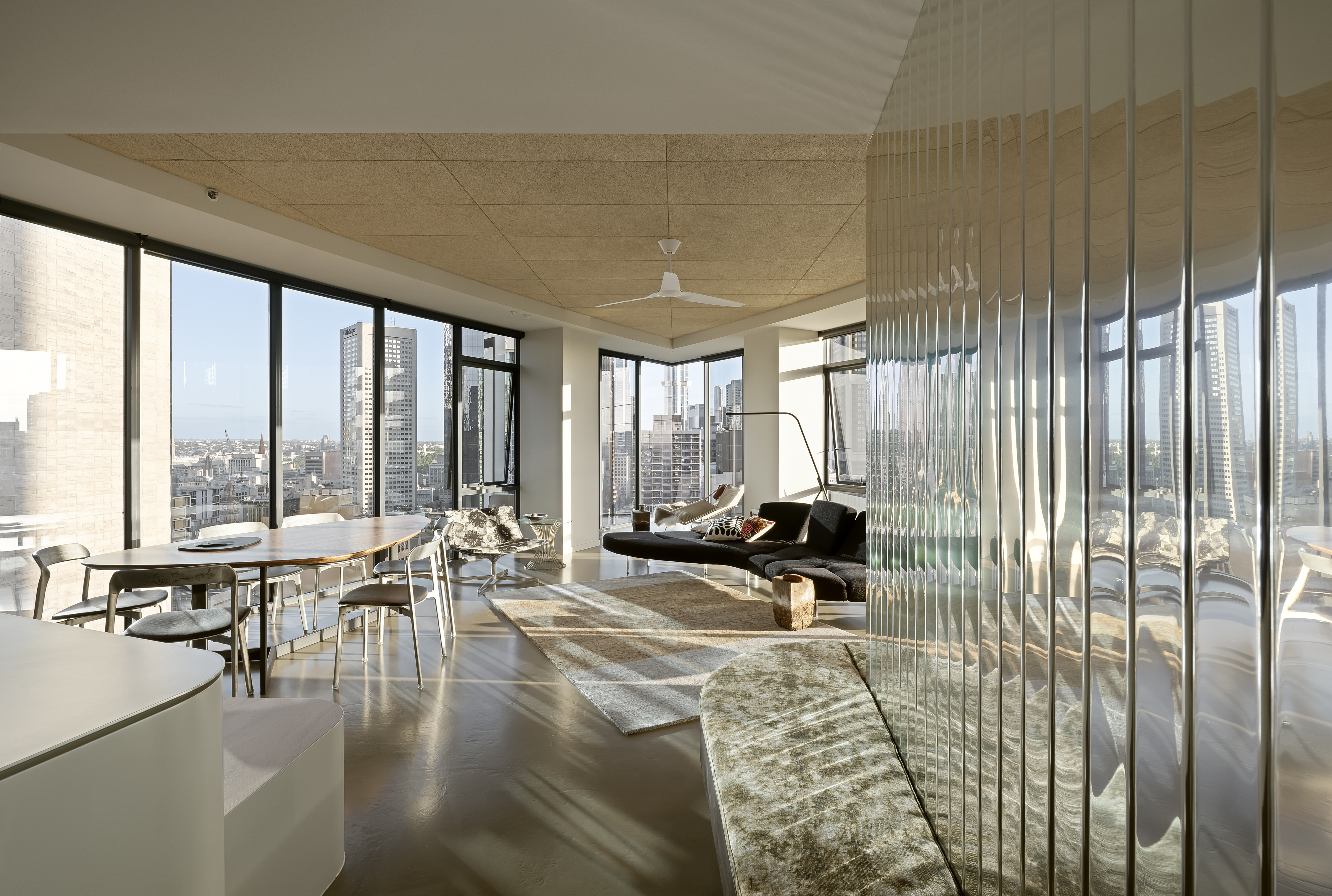 A Republic Tower apartment refresh breathes new life to a Melbourne classic
A Republic Tower apartment refresh breathes new life to a Melbourne classicLocal studio Multiplicity's refresh signals a new turn for an iconic Melbourne landmark
-
 A Japanese maple adds quaint charm to a crisp, white house in Sydney
A Japanese maple adds quaint charm to a crisp, white house in SydneyBellevue Hill, a white house by Mathieson Architects, is a calm retreat layered with minimalism and sophistication
-
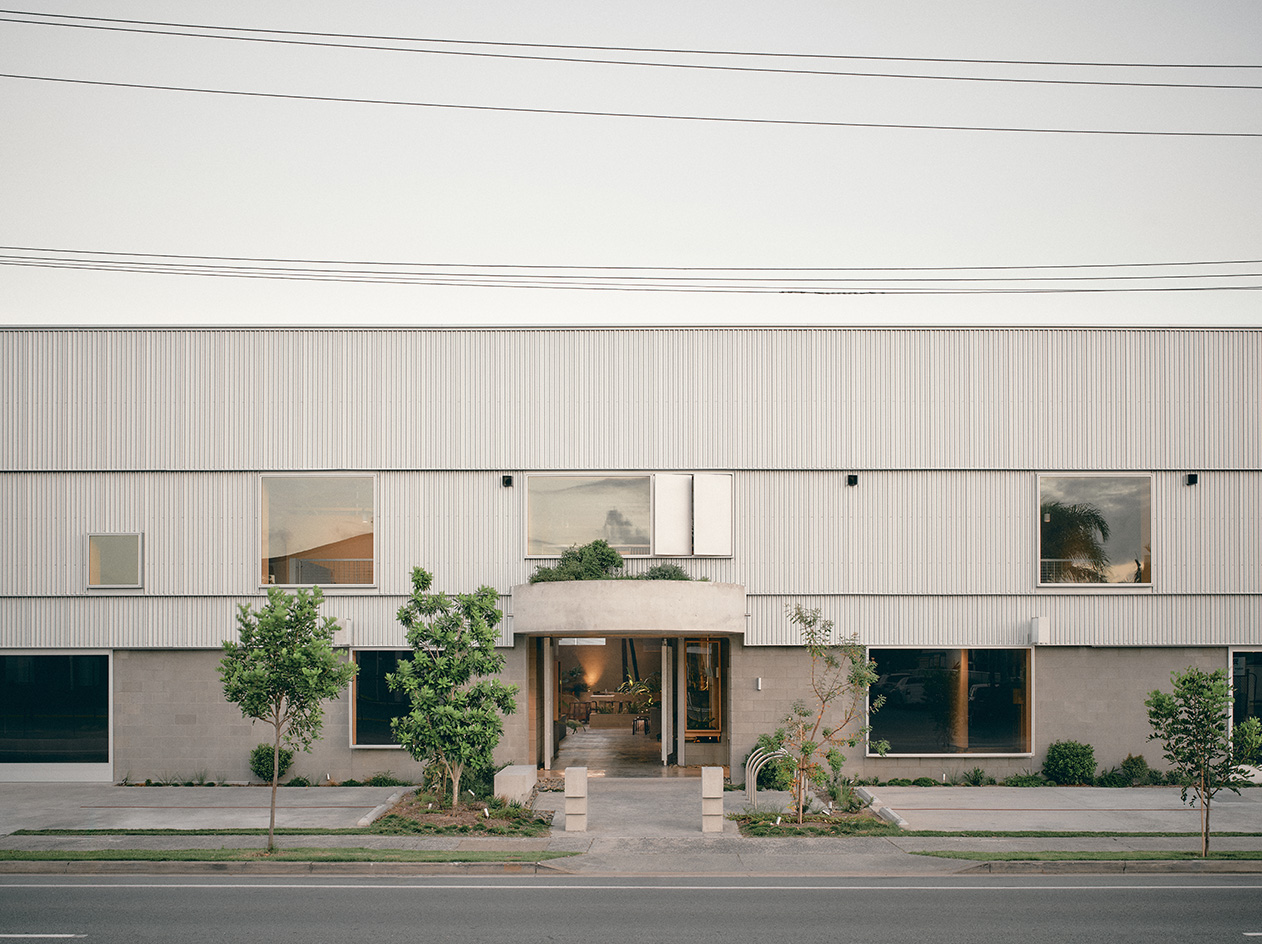 A redesigned warehouse complex taps into nostalgia in Queensland
A redesigned warehouse complex taps into nostalgia in QueenslandA warehouse in Queensland has been transformed from neglected industrial sheds to a vibrant community hub by architect Jared Webb, drawing on the typology's nostalgic feel
-
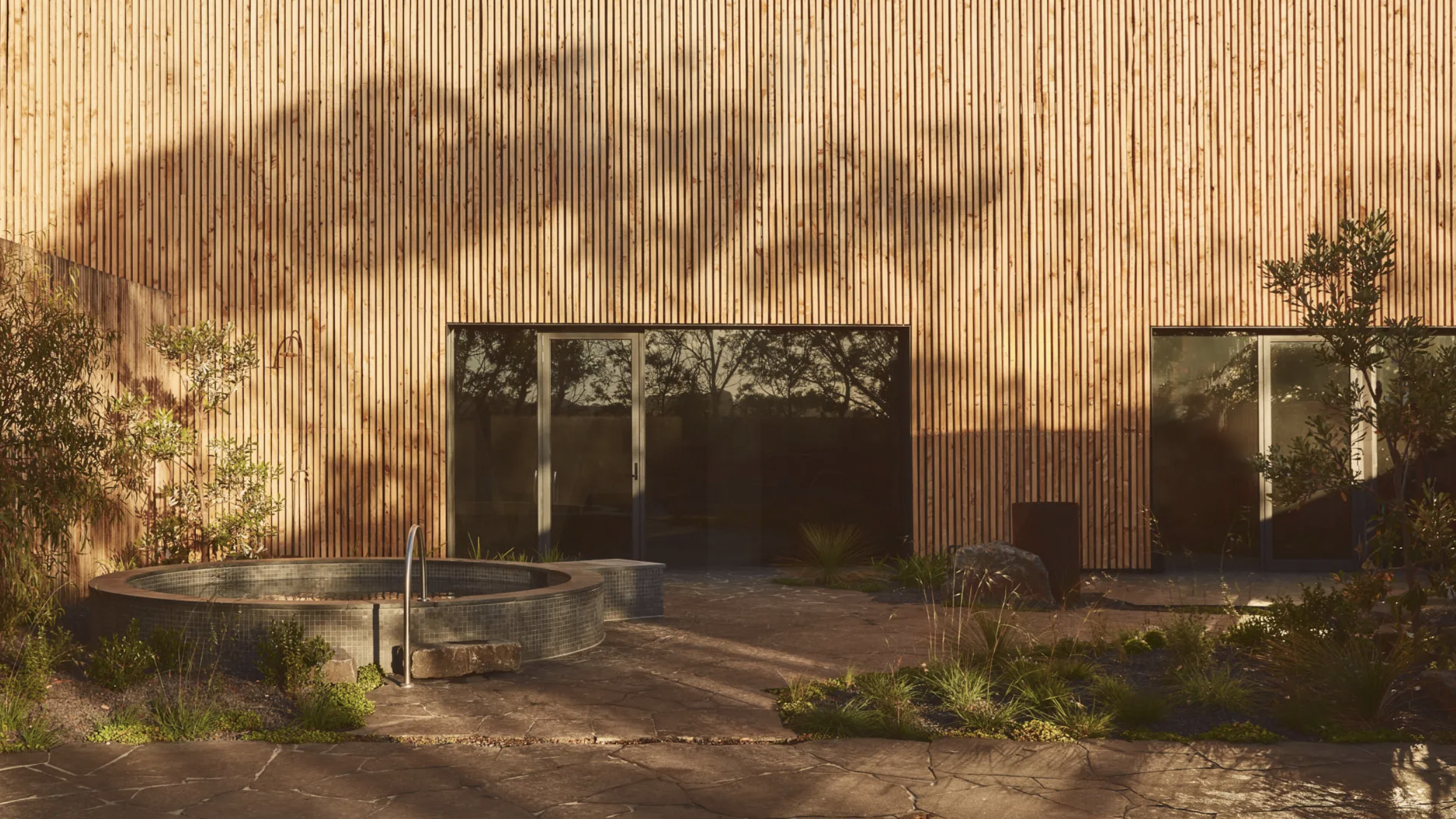 Australian bathhouse ‘About Time’ bridges softness and brutalism
Australian bathhouse ‘About Time’ bridges softness and brutalism‘About Time’, an Australian bathhouse designed by Goss Studio, balances brutalist architecture and the softness of natural patina in a Japanese-inspired wellness hub